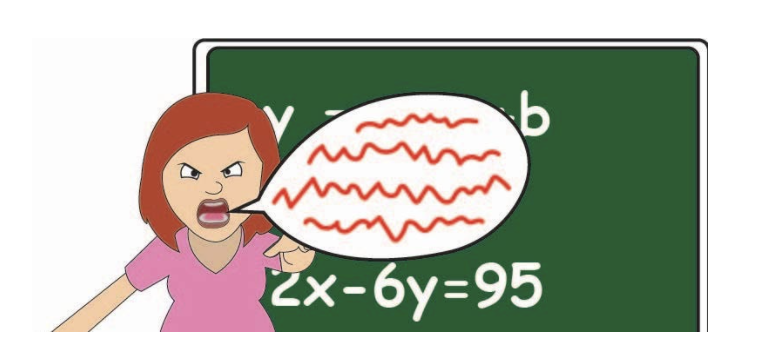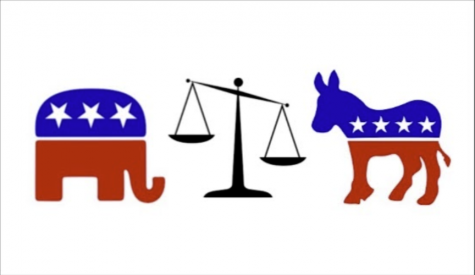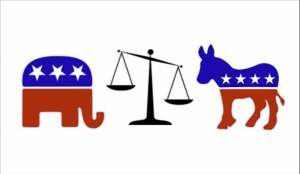Physical, vocal displaying of teachers’, administrators’ opinions prove impermissible, distract from learning
When teachers vocally and physically show support for their political and social beliefs, it can distract from learning of students. Therefore, these behaviors should not be permitted in a school environment.
In an era with political and social movements taking place one after another, opinions flourish in a school like Staples. Activists are everywhere in Westport, most of which can be found in our school.
With the increasing prevalence of these issues in our world today, the subjects often come up in class and quickly become hot topics of discussion around the school. Despite the First Amendment right that is granted to all Americans, I believe that it is inappropriate for teachers to physically and vocally voice their opinions to students in class.
As journalism students, we have extensively studied the First Amendment and its true meaning. This extremely crucial element of our Constitution protects the students’, teachers’ and administrators’ rights to free speech in this school. However, if the “free speech” clause begins to impact the learning ability of the students, speech rights can be limited. Teachers displaying their opinions both physically and vocally inevitably leads to discomfort and a learning environment that students have no desire to be a part of. There are clear right and wrong methods and environments for teachers to express their political beliefs and opinions on current events in our world, as well as how they choose to display them. If done in an inappropriate way, a school is without a doubt a wrong one.
Teachers displaying their opinions both physically and vocally inevitably leads to discomfort and a learning environment that students have no desire to be a part of.
One example of an inappropriate expression of a teacher’s opinion took place in our school, in an incident where SRO Ed Woodlridge placed a “Blue Lives Matter” flag in his office right across from the cafeteria. Woodlridge was asked to take the flag down by Principal Stafford W. Thomas Jr., after displaying it for the entire first two weeks of school.
The “Blue Lives Matter” flag and its saying were originally created in 2014, aimed to honor the lives of police officers who have been killed in the line of duty, and create a stronger bond between the public and law enforcement. However, amidst the “Black Lives Matter” movement, the sign has come to signify support shown for the police officers who have brutally killed innocent black men, women and children, as well as other minorities.
The extremely threatening and intense message of the flag takes the idea of “sharing your opinion” to a different extent. Having it up for all students to see in such a public and crowded area creates a great deal of discomfort, thereby making it unacceptable. These visible messages ultimately define a space and are more permanent, therefore leaving a more of a lasting impact than words would.
But there are more acceptable ways for teachers to express their opinions.
I am currently in Contemporary World Studies, one of the handful of current-events based social studies classes at Staples. When a current event comes up, our class researches, discusses and debates the topic each time. It is plausible, and encouraged, that students “share their truth” and express their thoughts and opinions. Multiple viewpoints are often aired and healthy disagreements are exchanged. Within these conversations, my teacher has inputted her bias, but it has been in an appropriate way that is respectful to any opposing viewpoints. In cases where a teacher is participating in class discussions, this is an exception.
Ultimately, teacher participation in class discussions should be allowed if their opinion does not define and completely dictate the environment for sharing multiple viewpoints. It is crucial for a teacher to create a learning space that makes all people with all different backgrounds and viewpoints feel comfortable. Therefore, any display or vocalization of a teacher’s opinion must be careful not to create a very politicized and divided environment.
Incoming staff writer, Lucy Arrow ’21, is excited to take her journalism skills to the next level in the advanced course, and have the opportunity to...





























































